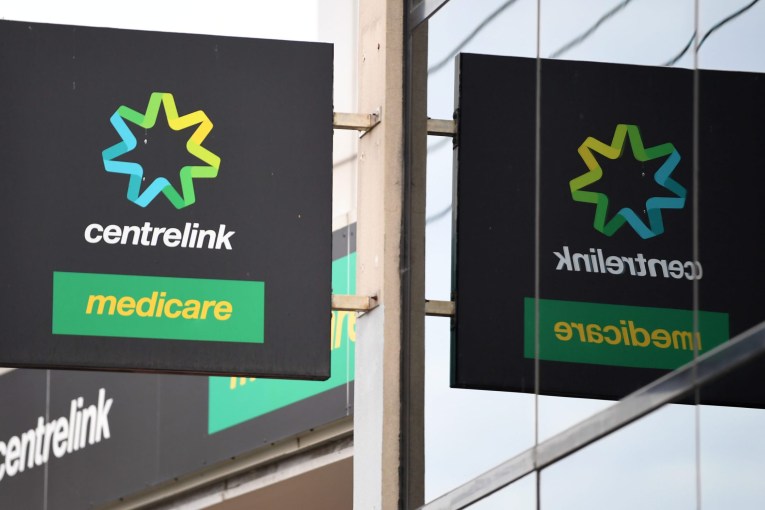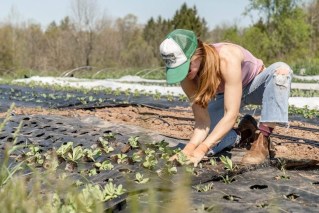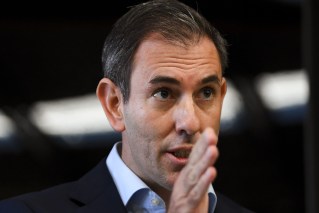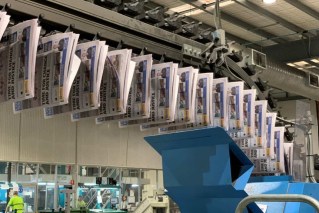Power play: Queensland set to mothball generators as renewables take control
Two of Queensland’s biggest electricity generators are facing temporary shutdowns of their generator units or even early closure in response to massive changes in the market brought about by renewable energy.

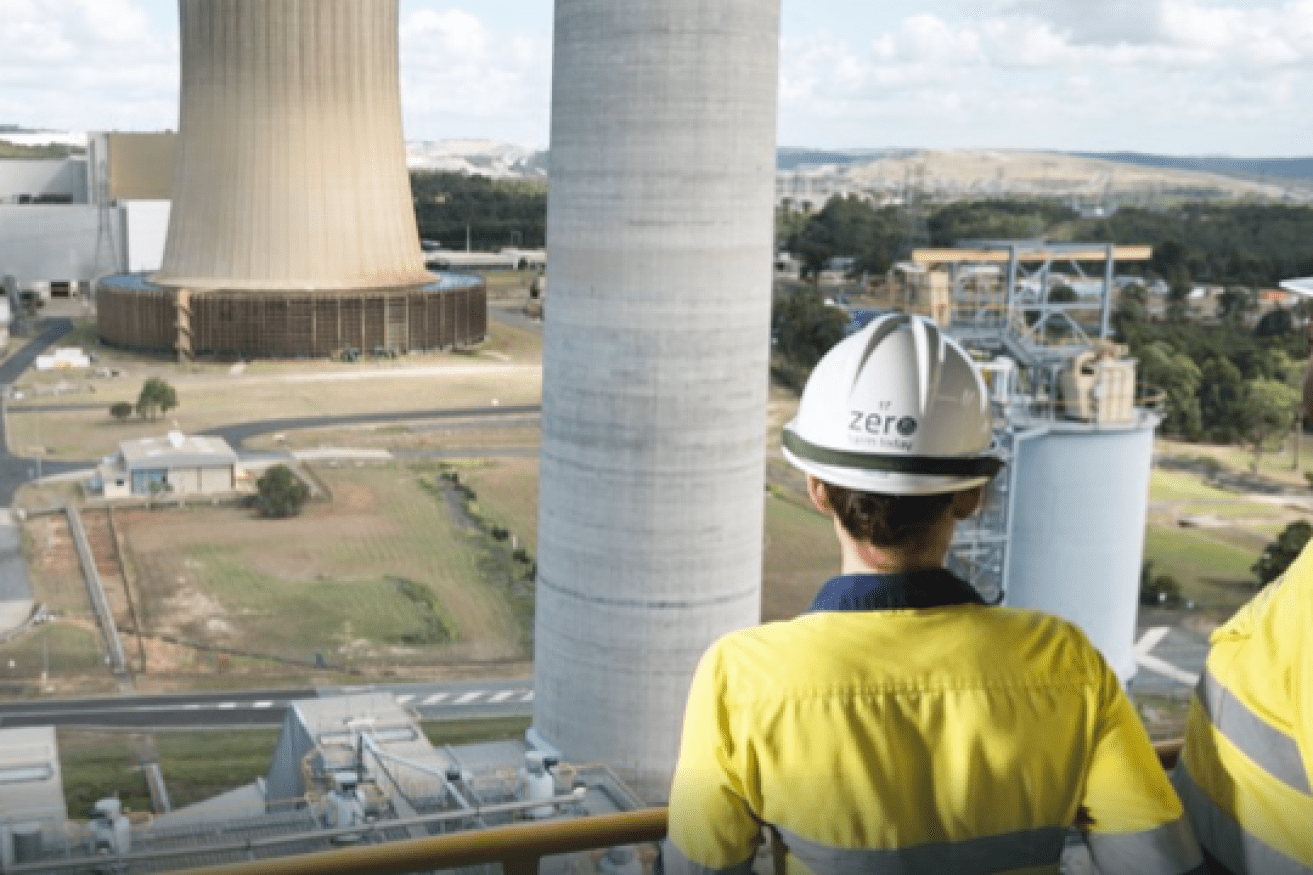
Stanwell is proposing seasonal storage of its coal-fired generators
The Government-owned Stanwell Corporation said it was is now planning for the end of fossil fuels.
The company’s coal-fired generators, Tarong and Stanwell, have been the backbone of the state’s electricity supply but have struggled with the demands of the market brought about by low-cost renewables which often sell energy at near-zero cost during bright, sunny days.
“In the coming years we’ll operate those much more flexibly, in response to market requirements,’’ Stanwell said in a statement.
“This may include placing generation units into seasonal storage, or stand-by mode so they can be quickly returned to service if the market needs them.
“We’ll operate in this way for as long as the market needs us to. Eventually though, we do recognise that we will need to withdraw units from service, and this may well happen before their technical end of life.’’
Tarong and Tarong North power stations have current technical end-of-life dates as provided to Australian Electricity Market Operator of 2037 and 2038, respectively. Meanwhile, Stanwell Power Station’s technical end-of-life date is 2042.
“The industry and Stanwell acknowledge it is likely to be earlier that plants are retired,’’ the company said.
The Tarong Power Station, near Nanango, has a maximum generating capacity of 1400 megawatts, from four turbines. Stanwell can generate 1460 Mw from four units.
Stanwell has made moves recently to invest in renewables including providing $10 million for a feasibility study into a $600 million renewable energy project at Mt Isa.
It has also started discussing the future closure of the plants with the local communities.
At the Central Queensland Energy Futures Summit in Gladstone on Wednesday, Stanwell’s Chief Executive Officer, Richard Van Breda, discussed the company’s plans to shift towards renewable energy and storage in the coming years.
“Australia is undergoing a major energy transition and it’s happening at a rapid pace,” Van Breda said.
“Over the coming years, Stanwell will respond to the renewable energy needs of our large commercial and industrial customers through the introduction of new low or zero emission generation technologies. We will also strive to play a central role in the emerging green hydrogen industry.”
Queensland’s Stanwell corporation has today stated that it will shift focus from fossil fuels to renewables, a move that is welcomed by community group Solar Citizens.
The Queensland government-owned corporation is Australia’s third largest carbon emitter, owning Stanwell, Tarong and Tarong North coal stations.
“It’s a really positive first step that Stanwell is being upfront and starting this conversation with communities that will be affected by early coal retirement and curtailment,” said Stephanie Gray, Energy Strategist at Solar Citizens.
Solar Citizens said the economics of energy had shifted and the state’s coal and gas-fired power stations were rapidly becoming unprofitable because they can’t keep up with cheaper renewable energy.
Gray said the value of Stanwell’s coal and gas plants was decreased by a staggering $720 million in the most recent audit.
“But the reality is that the Queensland government has not allocated anywhere near enough money to replace coal and gas-fired power stations with publicly-owned renewable energy and storage,’’ Gray said.
“The State government has indicated that they’re committed to maintaining majority public ownership of the state’s energy generation but it’s all words without enough money on the table.
“Stanwell has taken a lead here and been upfront about the dire situation that Queensland’s coal-fired power stations are in. Now it’s time for the Queensland government to do the same.”
